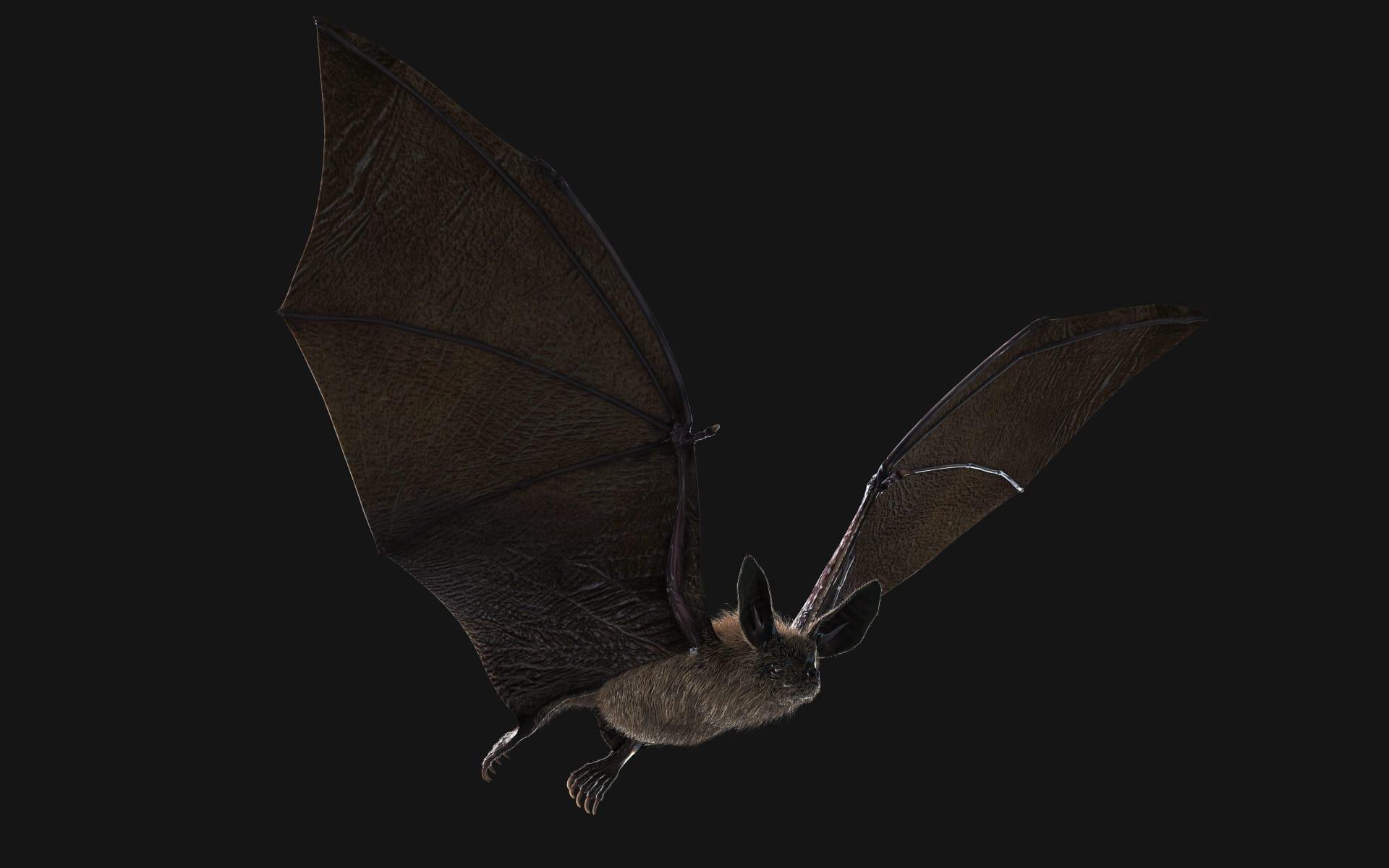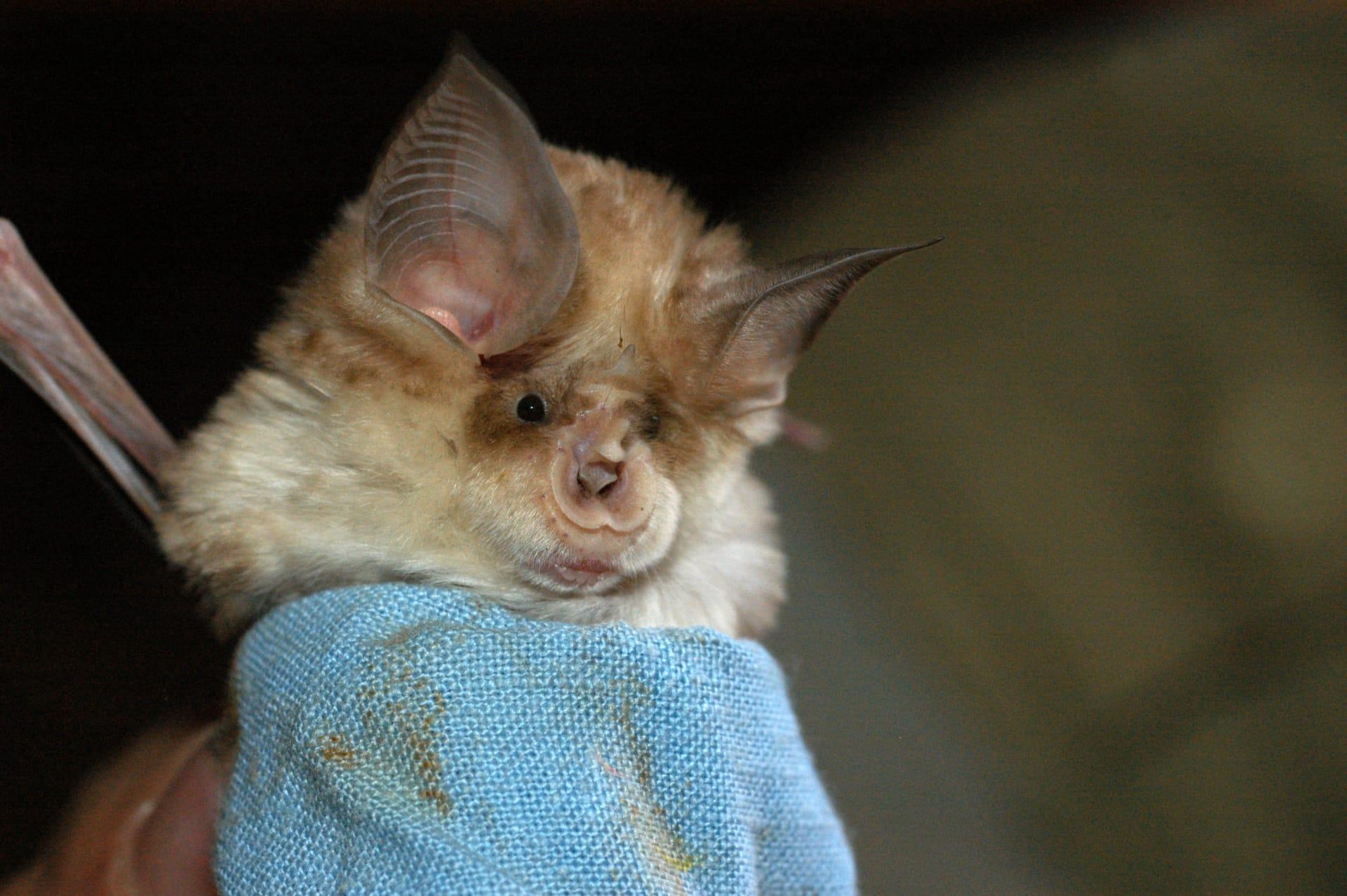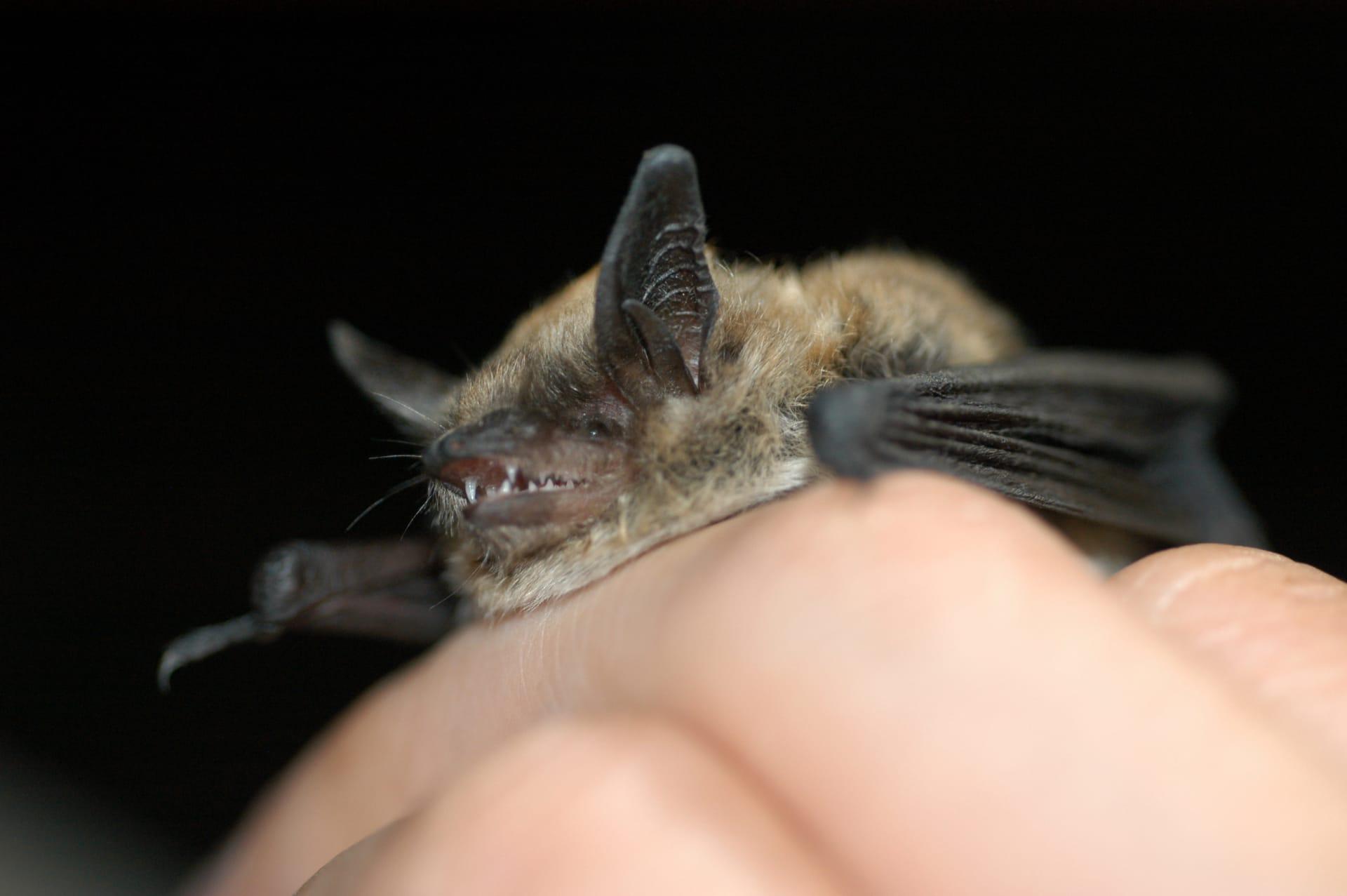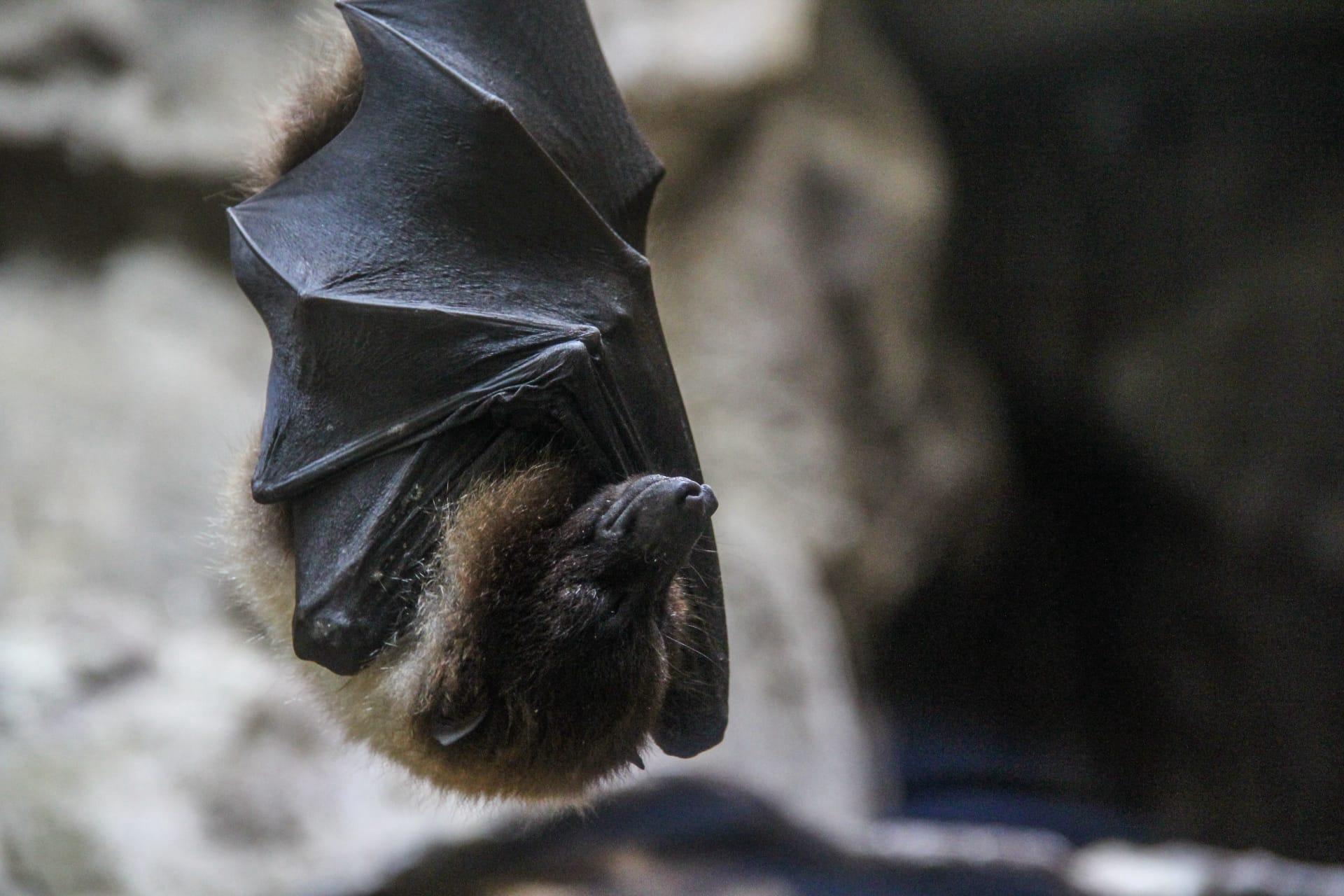1
Bats are the only mammals capable of sustained flight, distinguishing them from flying squirrels, which only glide. Their wing structure is a marvel of nature's engineering: a thin membrane called the patagium stretches from their elongated fingers to their body and legs. This design allows for an incredible agility in the air. The wingspan of bats varies widely, with the smallest species, the bumblebee bat, measuring about 6 inches (15 cm) and the largest, the giant golden-crowned flying fox, reaching up to 5.6 feet (1.7 meters).
Another fascinating fact about bats is their use of echolocation. Not all bats have this ability, but those that do emit ultrasonic sounds through their mouth or nose. When these sounds hit an object, they produce echoes. The bat can interpret these echoes to navigate, avoid obstacles, and locate prey, even in complete darkness. The precision of this system is so refined that a bat can detect objects as thin as a human hair in complete darkness.

2
Bats play a crucial role in pest control. Many species, particularly in the United States, feed primarily on insects. A single bat can consume up to 1,200 mosquito-sized insects in an hour, and in certain regions, their diet can include up to 70% of agricultural pests. This natural pest control is vital for reducing the need for pesticides and maintaining the ecological balance.
Contrary to popular belief, bats are not blind. In fact, they have quite good vision, especially at night. Their eyes are well adapted to low-light conditions, and they can see in color. This vision is complemented by their echolocation abilities, making them effective hunters in the dark. While their eyesight varies among species, some have visual acuity comparable to humans.

3
Longevity is a notable trait in bats. Many species live remarkably long lives for their size. For instance, the Brandt's bat, a small species found in Europe and Asia, can live over 40 years, which is exceptional for a mammal of its size. Typically, smaller mammals have shorter lifespans, but bats defy this trend, partly due to their low reproductive rates and ability to avoid predators by flying.
Bats exhibit a unique behavior during winter called hibernation. In regions with cold winters, bats enter a state of torpor to conserve energy. During this period, their body temperature drops, and their metabolic rate slows down significantly. Some species, like the little brown bat, can hibernate for up to seven months. This adaptation allows them to survive in areas where food (insects) is scarce during the winter months.

4
The diet of bats is incredibly diverse. While the majority of bat species feed on insects, some have specialized diets. For example, the vampire bat, native to the Americas, feeds on blood, a behavior known as hematophagy. They usually target livestock, making small incisions with their sharp teeth and lapping up the blood with their tongue. On the other hand, fruit bats, found in tropical regions, play a crucial role in seed dispersal and pollination. Their diet of fruits and nectar helps in the regeneration of forests and maintenance of ecosystems.
Some bat species are vital pollinators. The lesser long-nosed bat, found in the Americas, is a key pollinator for agave plants, which are essential for producing tequila. These bats feed on the nectar of night-blooming flowers, including those of the agave, and in doing so, they transfer pollen from plant to plant. This pollination is crucial for the reproduction of these plants and the production of fruits and seeds.

5
Bats have a unique immune system that enables them to harbor various viruses without getting sick. This ability is partly due to certain genes that control their immune response, preventing the overreaction of their immune system. This aspect of their biology is of significant interest to scientists, especially in understanding disease dynamics and the potential transmission of viruses to humans and other animals.
Bats are social animals and exhibit complex social structures. Many species live in large colonies, with some groups numbering in the millions. For example, Bracken Cave in Texas is home to the world's largest known bat colony, with an estimated 20 million Mexican free-tailed bats. These colonies offer advantages like increased protection from predators and efficient communication, especially during mating and foraging. The social interactions within these colonies are a subject of ongoing research, shedding light on the sophisticated social behaviors of these remarkable creatures.